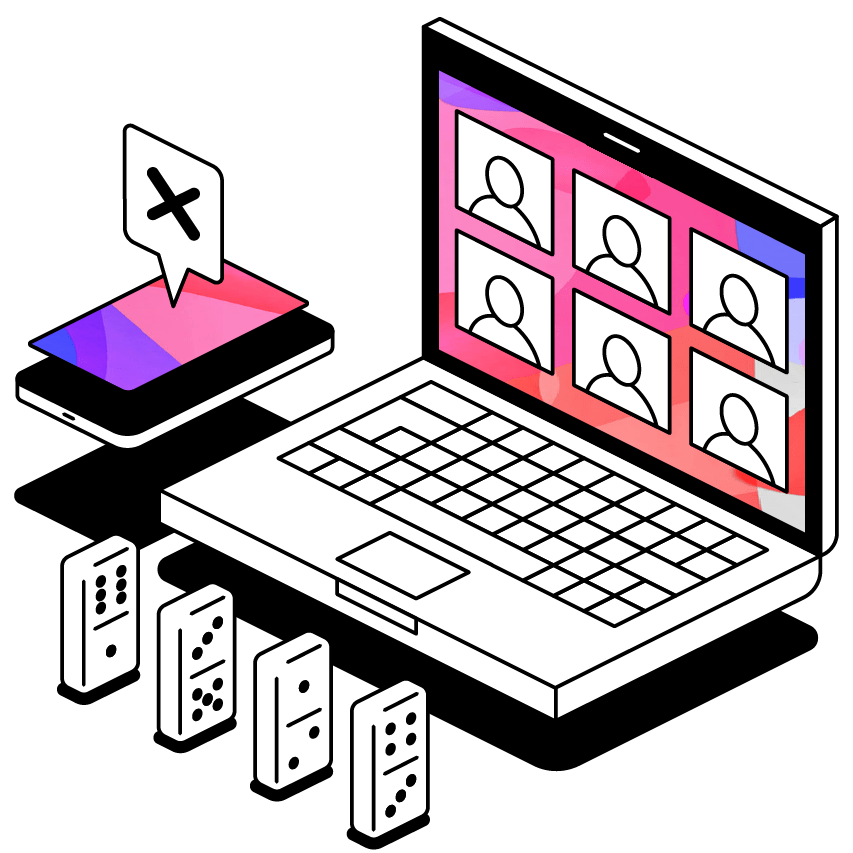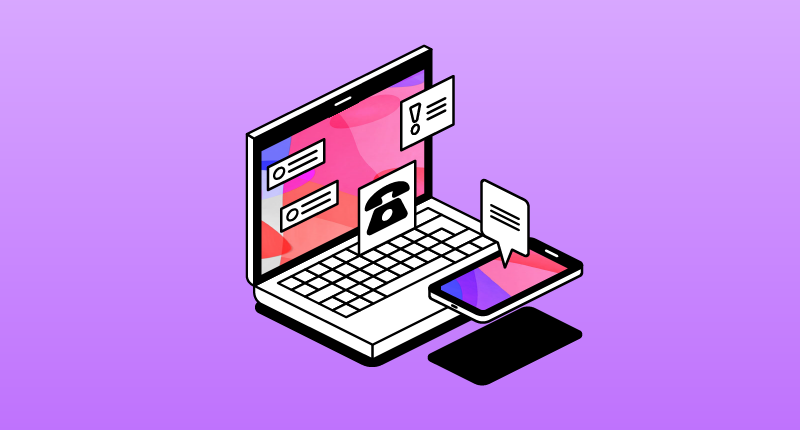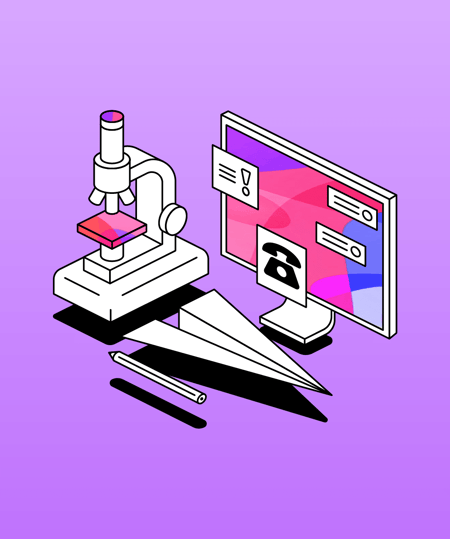Remote learning for students with autism
Students will need to adapt to remote learning, but for those with special educational needs such as autism, the challenge can be much greater. Learn more here.
 2 min read
2 min read
 Published: 11 Dec 2020
Published: 11 Dec 2020
 Luke Garbutt
Luke Garbutt


All students will need to adapt to remote learning, but for those with special educational needs such as autism, the challenge can be much greater.
Students with autism can find it difficult adapting to the increased social, emotional, and organizational demands of attending college, research has found.
It’s inevitable that the shift to online learning will present new and significant hurdles for students with autism. It’s our job to help them overcome these obstacles and achieve their potential.
Educational barriers
Specifically, students with autism struggle with interpersonal competence; the ability to listen, cooperate and communicate effectively.
They can struggle to read behavioural cues, experience difficulties in focusing on one activity for prolonged periods and find communication difficult. If understanding social cues and communicating is hard in-person, the difficulty will be multiplied when interaction is primarily online.
Listening to a lecture, taking notes and engaging in conversation can prove an insurmountable barrier that can lead to frustration and anxiety, and translate into lower educational attainment and outcomes.
It’s not just communication issues. Remote learning places emphasis on the learner. She must concentrate and engage on-screen for long periods, often without verbal or behavioural cues.
This all takes place in a students’ home environment that may not be quiet or conducive to learning. Unexpected sensory stimuli can easily affect attention, breaking concentration and affecting learning.
Students can also experience difficulties with the executive skills required to log-in, manage time and multi-task. Described as cognitive rigidity, the inability to mentally adapt to new demands is a fundamental component of conditions like autism.

Right support, right approach
During the coronavirus pandemic, students with autism find themselves removed from the institutional and academic support that they have relied upon. But it’s not all negative. “Many students with ASD demonstrate self-advocacy, intellectual and academic skills that could compensate for their disability,” found a fascinating study into university students with ASD.
If given the right support and tools, they can adapt.
Crucial to creating a successful remote learning environment is in establishing, and reinforcing, social expectations in the virtual classroom.
It could be as simple as setting out the rules of the remote learning environment or enshrining them into a learning contract. Clear advice on how to ask questions, what video background to use and even advice on where to sit and look at the screen can reduce social stress and improve engagement.
Technologies such as Glean can give students with autism greater control over their learning. Students can record lectures, returning to them time and again.
They’re also able to import presentations, add notes and identify key pieces of information. Adaptive technologies can help students to interact, rather than focus on the need to take notes. Students can dip in and out of lectures, giving them control over the learning experience. It can reduce stress, improve engagement and increase interaction.
Managing expectations
Some students may require additional support to create a suitable learning environment in the home.
To help, you can provide details on how to find a quiet learning environment free (as much as possible) from interruptions can help students to relax and focus. If the student struggles with executive processing, a proposed schedule for the day or learning calendar can help them visualize the day and take charge of their learning and progress.
Remote learning has changed expectations of students, with assignments schedules and even examinations at-risk. This can create a sense of unease among students, particularly those with accommodations.
It’s important to reassure students and to provide clarity (where possible) on the changing nature of assignments, including plans on how to accommodate their disability.
In it together
Asynchronous learning is placing new demands on all of us involved in education. To succeed, we all need to learn and adapt, or we risk leaving students with disabilities behind.
Managing expectations, establishing ground rules and expressing them clearly to students is fundamental. But there is more we can do.
Technology is enabling a revolution in online learning for all students. By taking an inclusive approach – and by embracing innovative solutions such as Glean – autistic students can enjoy all the benefits too.
Written by Luke Garbutt

More from Disability Services
View All
 4 min read
4 min read
Navigating budget restrictions: a comprehensive guide to maximizing departmental resources
Higher education professionals face increasing pressure to do more with less and maximize limited resources. In this article, we explore tips, strategies, and success stories for adopting assistive technology and effectively planning budgets.

 2 min read
2 min read
The power of inclusive language and technology
In a recent webinar, Leslie Smith, Manager of the Access Center at Volunteer State Community College, shared a powerful insight into the transformative impact of language and technology.

 3 min read
3 min read
The future of disability services in higher education
Disability services are experiencing significant change. To explore this, and how they may continue to evolve, we sat down with Christa Price, Assistive Technology Specialist at California State University, Northridge, and Aaron Holmes, Access Specialist at MiraCosta College.





